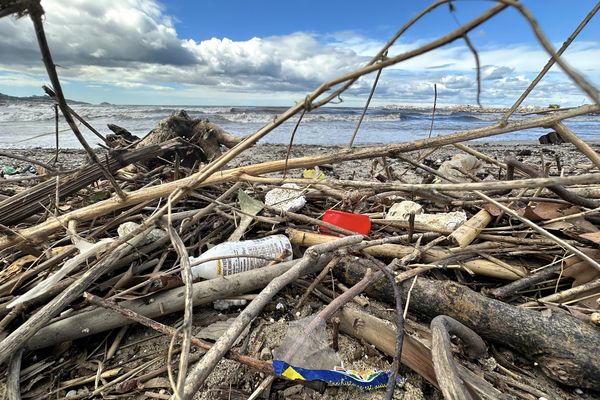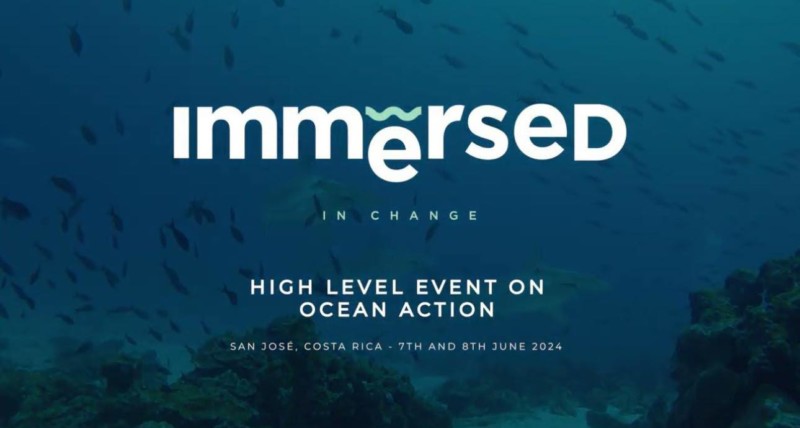In 2023, researcher Jean-François Ghiglione sailed up the Rhône on the scientific schooner Tara in search of nano plastics. He claims that tens of thousands of tons of these pollutants are washed down the Rhône into the Mediterranean.
The evidence is overwhelming: 80% of plastic waste found at sea comes from land, and particularly from rivers. Jean-François Ghiglione, a CNRS researcher in marine microbial ecology and ecotoxicology, sailed up the Rhône in 2023 on the scientific schooner Tara and took samples in search of nano plastics. At a time when river water, particularly that of the Rhône, is becoming increasingly polluted, this scientist warns of the urgent need to reduce the production of primary plastics.
Tens of thousands of tonnes of plastic in the Rhône
Three types of plastic waste were studied at five points along the Rhône river. The largest are macro-plastics (over 5 mm), GPS, such as bottles, bags and packaging, which were tracked using beacons. Smaller, micro-plastics (between 5 mm and 0.001 mm), such as dust, cosmetic microbeads or synthetic fibers from laundry detergents, are found in greater quantities in seas and oceans. Finally, nano-plastics (less than 0.001 mm) are invisible to the naked eye.
« In the bay of La Ciotat, a million microplastics were observed in a single day. »
Jean-Francois Ghiglione, CNRS researcher
France 3 Provence-Alpes
« In the water of the Rhône, it has been estimated that tens of thousands of tonnes of plastic waste per year end up in the sea, » explains Jean-François Ghiglione, including particles from the fragmentation of macro-plastics, from their decomposition into pieces. « Plastics are all transformed on land before arriving in rivers, fragmented by abrasion and ultraviolet light. »
The researcher says he has observed seasonal variations, with greater peaks in pollutant discharges during floods, for example. « We’ve gradually plasticized our environment, because whatever form they take, plastics will be ingested at all levels of the food chain ». A situation that endangers both marine ecosystems and human health.
The urgent need to reduce production
Every year, an estimated 11 million tonnes of plastic waste are dumped into the ocean. At this rate, according to forecasts, by 2050 the seas and oceans will contain as much plastic as they do fish. Jean-François Ghiglione warns of the urgent need to reduce the production and individual consumption of single-use plastics, as « this is essentially what will end up in the Rhône and the sea ».
« In our household waste, only 10% of our yellow garbage can is recycled, but above all, one garbage can in 10 ends up in the oceans. »
Jean-François Ghiglione, Banyuls-sur-mer oceanology laboratory
France 3 Provence-Alpes
The researcher points out that these single-use plastics are used on a daily basis, « they will be used for a few minutes but will take hundreds or even thousands of years to degrade. »
Recycling: « a false good idea »
At a time when discussions on a first treaty to limit plastic pollution are underway under the aegis of the UN, with the aim of ratification by the end of 2024, Jean-Francois Ghiglione asserts that recycling, like biodegradable plastics, are « false good ideas ». Faced with this international challenge, « the message from scientists is clear: it’s the global production of plastic that needs to be reduced, and not just on the scale of Europe, which is a good example, because this pollution knows no borders ».
Source: FranceInfo




